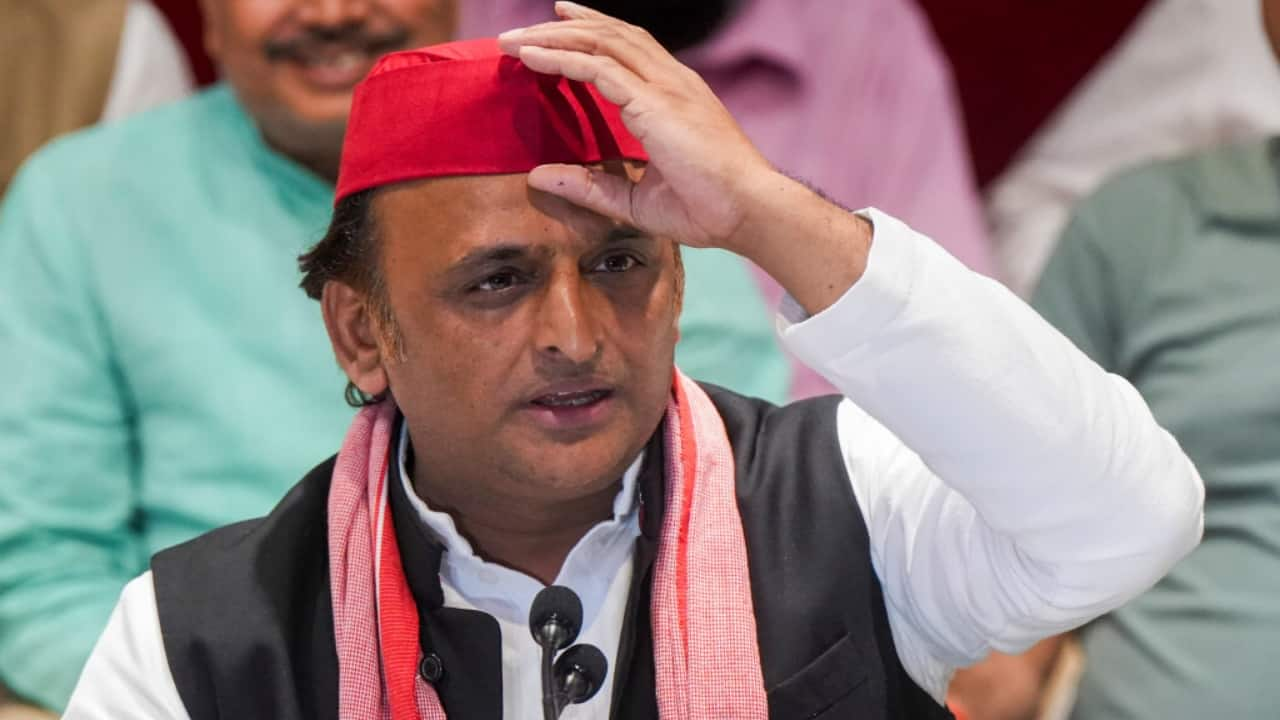With the April 28th Federal election approaching, Canadians are getting a clearer picture of where the major parties stand on issues that could impact their investment portfolios. Here’s a quick take from what the major parties are saying on the campaign trail: Capital gains tax: politics aside Half of capital gains generated as profit on the sale of equity investments are currently taxed as they have been for the past 25 years. In 2024, the Liberals under Justin Trudeau moved to raise the taxable amount to two-thirds for annual capital gains over $250,000 but the current Liberal Leader Mark Carney has promised to repeal the increase.
Conservative Leader Pierre Poilievre has always vowed to repeal the increase but the Department of Finance has stated it would only impact fewer than one per cent of Canadians, anyway. Most Canadians invest - or should invest - for retirement through government registered accounts where the capital gains tax does not apply. Income tax and RRSP savings One of those registered accounts is the registered retirement savings plan (RRSP), which could be taxed at a lower rate when funds are withdrawn and get a financial boost for further contributions if either Liberals or Conservatives make good on their promises to cut income tax.

Carney has proposed reducing the lowest federal income tax bracket from 15 per cent to 14 per cent, which he estimates will save a typical two-income family $825 a year. Poilievre has gone further by calling for a 12.75 per cent tax rate at the lowest level, which would result in an estimated $1,800 in tax savings for dual-income households.
The Conservatives have also promised seniors an extra $10,000 of their income to be tax exempt. Any income tax cut leaves a significant amount to beef up retirement savings and generate and compound bigger tax breaks through increased RRSP contributions from the savings. On the downside, a lower tax rate in the bottom tax bracket will lower tax savings on RRSP contributions when they are deducted from income.
While all RRSP withdrawals are fully taxed as income, a tax-free savings account (TFSA) could be the better option because the gains on investments inside are not taxed. Conservative TFSA expansion The Conservatives have vowed to allow Canadians to contribute an additional $5,000 annually, on top of the regular annual increase, to their tax-free savings accounts (TFSA), as long as the extra amount is invested in Canada. TFSAs can be invested in just about anything that trades on global public markets and gains are not taxed.
Annual TFSA contribution limit expansions are at the discretion of the Federal government of the day. This year’s limit was raised by $7,000, bringing the total allowable space for those 18 years or older when the TFSA was introduced in 2009 to $102,000. Available contribution space often varies for individuals based on the amount of contributions and withdrawals made over the years.
According to the Canada Revenue Agency (CRA), fewer than 10 per cent of TFSA holders actually contribute their current maximum amount, which already leaves plenty of space for Canadian investments if the investor chooses. In addition, the ‘buy Canadian’ theme might not work for investors looking to diversify considering Canadian equities account for less than three per cent of global equities and two-thirds of that tiny slice are tied to the finance and resource sectors. A gem from the NDP One take on the ‘buy Canadian’ theme that will benefit retirement investors - for sure - comes from the Canada’s “left” leaning party.
In response to an existential threat from a foreign power, NDP Leader Jagmeet Singh wants to issue Canada Victory Bonds. The bonds would escape taxation like a TFSA if held to five or 10 year maturities with compounding rates of 3.5 per cent - a quarter per cent above the average bank guaranteed investment certificate (GIC).
GICs currently yield about 3.5 per cent. The NDP says the funds will be invested entirely in public infrastructure and have the complete backing of the Federal government.
It’s a take on Canada Savings Bonds (CSB), which were discontinued in 2017 when yields sank to zero. Those of a certain generation might remember employer-sponsored CSB payroll deduction plans. They might also remember the puzzled looks on kids who got CSBs as gifts.
It was a great way to teach the next generation about how real savings compound, and their personal link to the prosperity of their country. Those puzzled looks eventually turned to smiles in the 1980s, when the prime lending rate topped 20 per cent..















